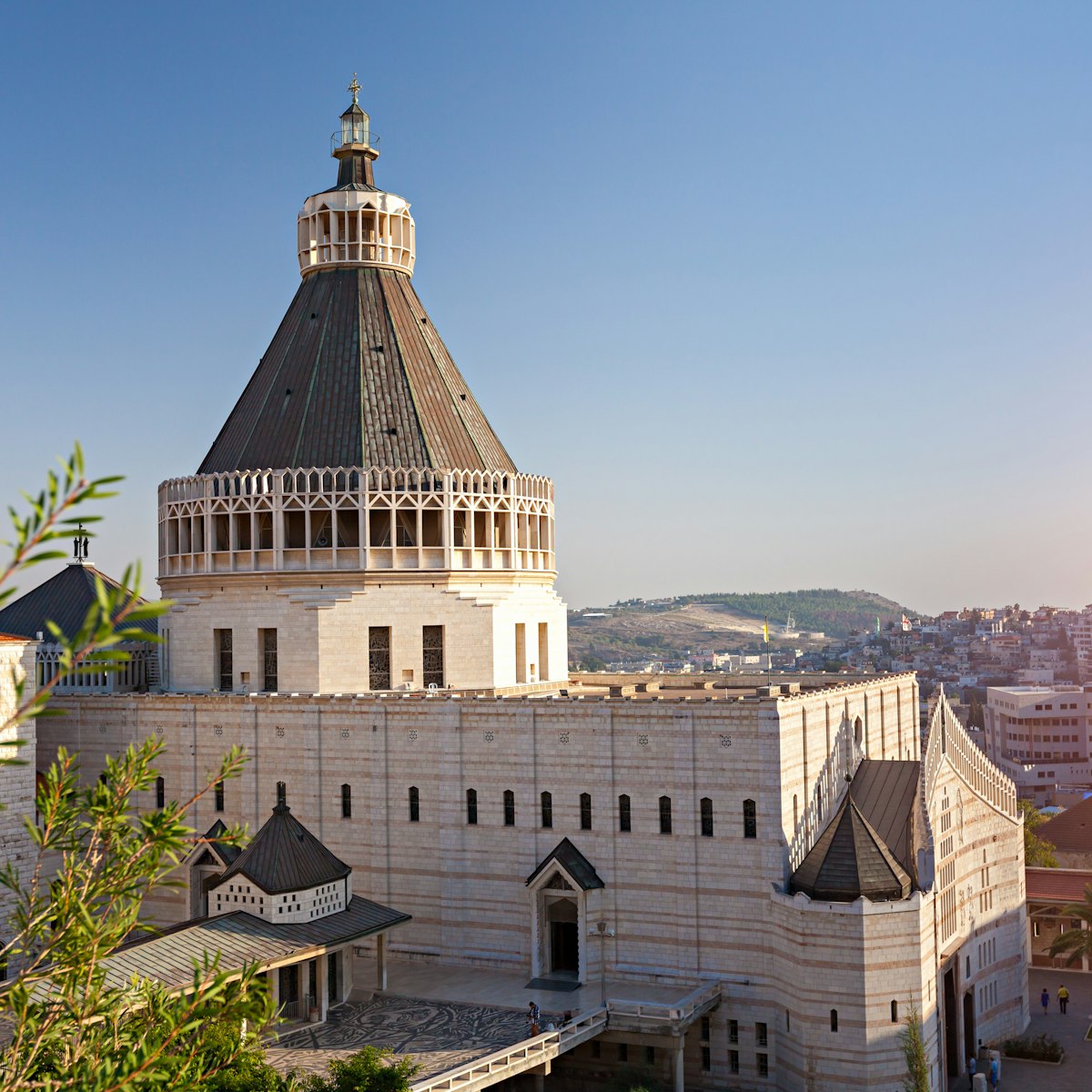Though it’s primarily a pilgrimage site, modestly dressed visitors are allowed to enter this domed shrine holding the remains of the Báb, spiritual predecessor to the Baha’i faith’s main prophet Baha’ullah. Canadian architect William Sutherland Maxwell designed the shrine to unify Middle Eastern and European styles. It was built in 1953 with Italian stone and covered Portuguese glazed tiles.
After persecution and imprisonment, the Báb was executed in Persia in 1850 and his body kept by his followers until it was re-interred at this spot, chosen by Baha’ullah.








